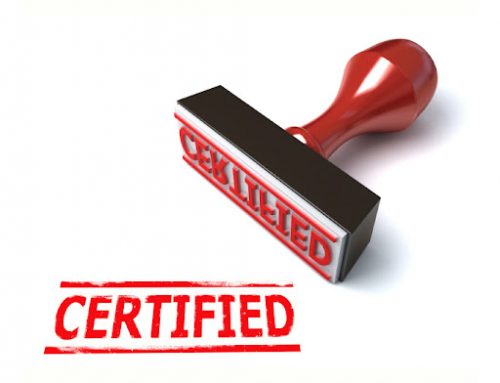One of the main changes in the new version of ISO 9001:2015 is the adoption of the High Level Structure (HLS) as set out in Annex SL of ISO Directives Part One. That sounds very geeky, but it is important because this High Level Structure means that in the future all management system standards will be aligned. The core text in the High Level Structure (also referred to as the Annex SL Platform) will be used in every management system standard whether it be for quality, work health and safety, the environment, food safety or another discipline.
This common structure is possible because basic concepts such as management, customer requirements, planning, performance, control, monitoring, measurement, auditing, corrective action, and nonconformity are common to all management system standards. Whilst the standards have always had common elements, they have been described and organised differently, making effective integration difficult.
The Benefits
The High Level Structure will ensure that future management system standards support each other. They will be easier to read and understand, and it will aid greatly in the integration of multiple standards within the one organisation. The resulting improved linkages in processes and activities will deliver better value and efficiency.
The Structure
The High Level Structure contains 10 clauses that all ISO management system standards will use in the future. Here is a comparison of the structure of the 2008 and the 2015 versions of ISO 9001.
The change from 8 to 10 clauses doesn’t mean the revised standard adds categories, as you might expect. Instead, it mostly reorders and categorises its content differently by separating and expanding existing clauses.
Clause Summary
Here is a summary of the contents of the clauses in ISO 9001:2015 Quality management systems – Requirements.
Clause 1 – Scope
An explanation of where the standard ISO 9001:2015 Quality management systems – requirements applies. It is the same as in the 2008 version except that the word “continual” from continual improvement has been removed.
Clause 2 – Normative References
Reference to that fact that terms and definitions exist in ISO 9000:2005 Quality management systems — Fundamentals and vocabulary.
Clause 3 – Terms and Definitions
Another reference to the fact that the applicable terms and definitions are in ISO 9000:2005 Quality management systems — Fundamentals and vocabulary.
Clause 4 – Context of the Organisation
This clause requires an examination of the organisation and its context (including the needs and expectations of interested parties), determining the scope of the quality management system and requires the process approach.
Clause 5 – Leadership
Charges senior management with accountability in the section for organisational roles, responsibilities and authorities. They are responsible for leading, not just managing, must demonstrate commitment to customer satisfaction, and establish and communicate the quality policy, responsibilities and authorities.
Clause 6 – Planning
Organisations are required to take a risk based approach to the development, implementation and improvement of their quality management system.
Clause 7 – Support
Infrastructure, process environment, monitoring and measuring devices, and knowledge needs must be determined, provided and maintained.
Clause 8 – Operation
Processes must be controlled and monitored, customer requirements determined and reviewed, goods and services monitored, suppliers (external providers) and their products and services assessed, Includes the design and production of goods and services, identification and traceability, preservation of goods and services, post delivery activities, non conforming goods and services.
Clause 9 – Performance Evaluation
Monitoring, measurement and analysis of goods and services, processes, the quality management system, and customer satisfaction. Analysis and evaluation of data, internal audits and management review.
Clause 10 – Improvement
Non-conformances, corrective actions and improvements.
If you’d like some guidance or need a sounding board please email me at liz.cole@groweq.com.au. Alternatively, visit my website where you’ll find free information to download.
Al the best – Liz






